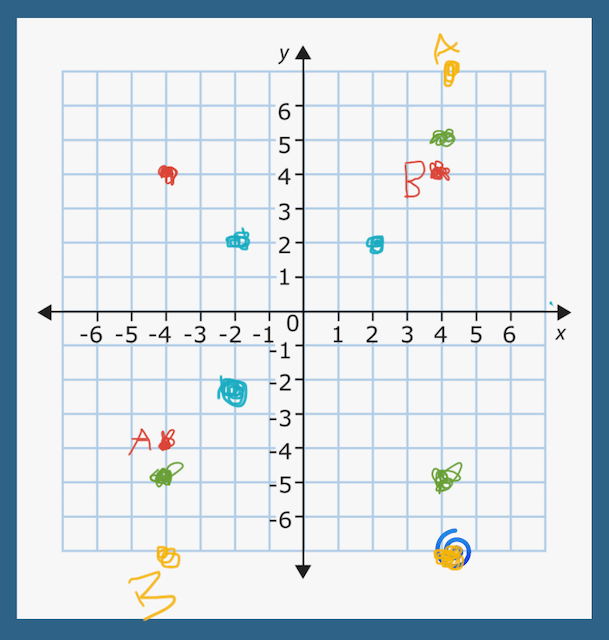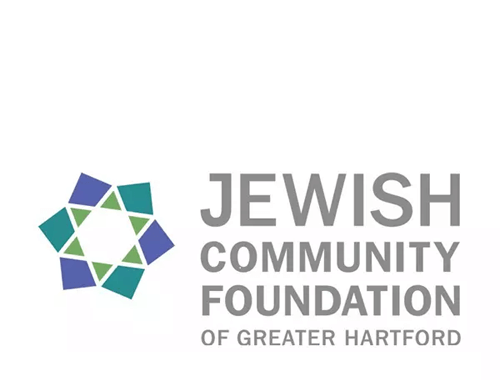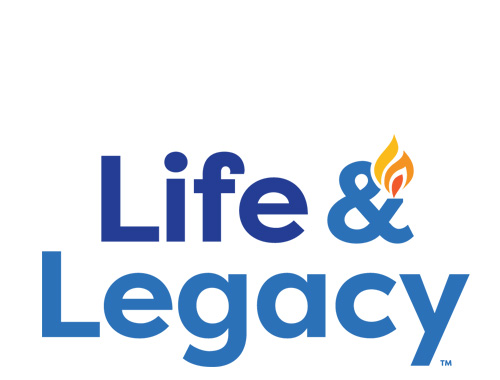Schechter Shavua: June 1, 2020
Inspiring Through STEM During Distance Learning
 Last week’s Schechter Shavua focused on the inventive ways that our lower school math teachers have been connecting with their students during distance learning; they’re not alone in sharing their passion! Middle School math teachers Mrs. Teitelbaum and Ms.Glaser have been engaging their students through small groups and interactive technology. Sixth grade math students use an application called Jamboard to compliment Google Meet; first they participate in an interactive lesson on adding and subtracting integers using a number line and another strategy called a "tug line." Jamboard gives Mrs. Teitelbaum a communal “white board” that both she and the students can see and draw on while also talking to each other.
Last week’s Schechter Shavua focused on the inventive ways that our lower school math teachers have been connecting with their students during distance learning; they’re not alone in sharing their passion! Middle School math teachers Mrs. Teitelbaum and Ms.Glaser have been engaging their students through small groups and interactive technology. Sixth grade math students use an application called Jamboard to compliment Google Meet; first they participate in an interactive lesson on adding and subtracting integers using a number line and another strategy called a "tug line." Jamboard gives Mrs. Teitelbaum a communal “white board” that both she and the students can see and draw on while also talking to each other.
Always keeping things relevant, Mrs. Teitelbaum’s classes have also analyzed a graph about the Covid-19 trend in the last two months from the Georgia Department of Health website. The graph exemplifies the importance of carefully analyzing data before drawing any conclusions, even those from a good source. Students examined this graph, which had been removed from the Georgia Department of Health website due to criticism for its misleading format, and identified what made the graph problematic. The classes discussed various elements of the graph and then compared it to a corrected version.
Throughout the distance learning process, Schechter students have followed an approach similar to their learning process while in the school building: they work independently following small group meetings designed to teach new concepts, clarify material, and discuss questions. Following online class instruction, students frequently break out into separate, even smaller, meetings, offering the students an opportunity to work together and share much-needed interactive time with one another. On Fridays, students join together in a "circle" to hear each other's lessons, questions, and answers.
Our 8th grade geometry students are currently using the properties of quadrilaterals to identify and classify parallelograms, kites, and trapezoids, and are exploring similarity and similarity transformations… all through digital learning! They have transitioned from whole-group instruction to learning at their own pace. Ms. Glaser posts assignments along with guided notes and problem sets, with the goal of allowing students more control over their learning. With these guided notes, problem sets, and other resources, students practice identifying key concepts in math. Instruction for these small groups supplements and guides students' own explorations. Ms. Glaser checks in with students during class, giving feedback on the work they submit online.
Extending the Schechter Community to Grandparents and Special People

On Friday, May 22, Schechter opened our usual RELISH to grandparents and other people who are special to our students. Dubbed “Kvellish RELISH,” this event was filled with ruach and love. An impressive crowd of over 115 Zoom screens joined for singing, blowing kisses, a slideshow featuring our students, and a couple of inspiring speeches. Yasher kochem to Habonim student Lily Temkin for her insightful D’var Torah and to Schechter alumni grandparents, Esther and Bern Sobel, for their heartfelt words about what Schechter has meant to them over the past 17 years. A special todah rabah to our master of ceremonies, Jason Kay, and to his wife Arielle for making this all come together!
Get your Schechter Face Masks!
 Face Mask Fundraiser: Help People in Need While You Help Schechter! #SchechterSafe
Face Mask Fundraiser: Help People in Need While You Help Schechter! #SchechterSafe
Help Schechter practice our Core Values of Lev Tov (Good Heart) and Klal Yisrael (Community)! For every mask purchased, one will be donated to those in need.
Here’s how it works:
High-quality, two-layered, washable, hand-made masks with the Schechter flame are available in adult and children’s sizes for $15.00 per mask.
For each mask purchased, one will be donated to residents and employees at SummerWood and Hebrew Health Care, volunteers at Jewish Family Services, and other essential locations.
We offer contact-free pickup in the Hartford area OR shipping directly to your home for only $3.00.
When placing your order, please visit the website below, enter the total amount (include $3.00 if shipped), hit “Designation” on drop down and click on “Schechter Face Masks,” and enter the number of adult and child face masks you wish to purchase.
Questions? Please contact Sherri Pliskin at spliskin@ssds-hartford.org
Solomon Schechter Day School
of Greater Hartford
26 Buena Vista Road
West Hartford, CT 06107
© Solomon Schechter Day School of Greater Hartford | Site design Knowles Kreative
 Face Mask Fundraiser: Help People in Need While You Help Schechter! #SchechterSafe
Face Mask Fundraiser: Help People in Need While You Help Schechter! #SchechterSafe



